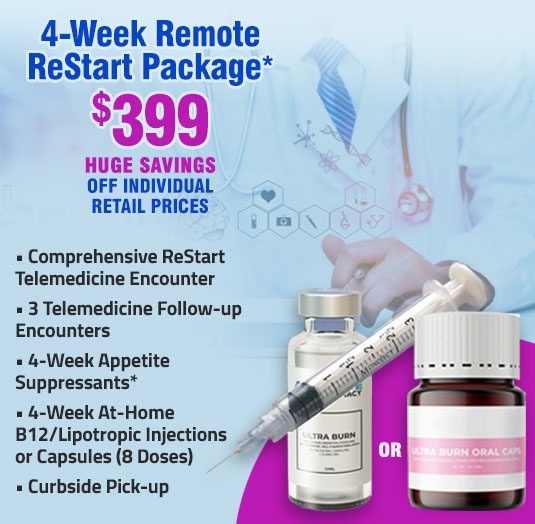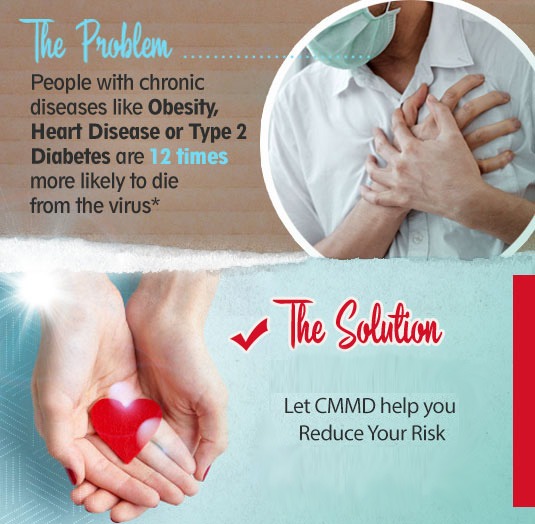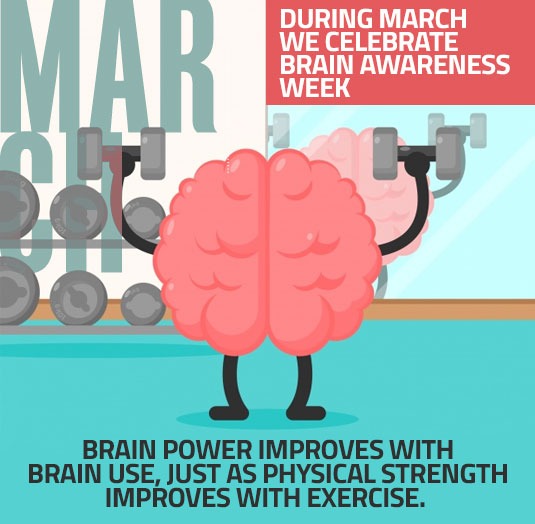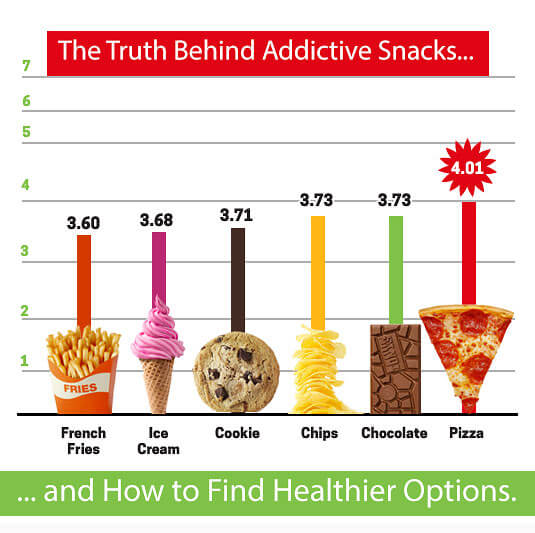4-Week Remote ReStart Package Special*
- Remote ReStart Program for our established patients. (See DETAILS below.)
- Curbside Service
- At-Home Vitamin B12 Lipotropic Injections** or Capsules
- Online sales of foods and supplements, shipped to you or picked up curbside
- Telemedicine visits and support
New World, New Solutions
At Home B-12 Shots, Appetite Suppressants Curbside and More
These are challenging times as COVID-19 rips through our community and our nation. Many of us have self-quarantined, instituted social distancing and changed everyday patterns in order to protect ourselves and our families. These changes can make us anxious and stressed, and many of us eat when stressed. What can we do? Without easy solutions, we’re more likely to go ‘off the rails’ and begin to eat irresponsibly and become more sedentary.
Don’t Let the Pandemic Affect your Weight Loss and Wellness Journey
The COVID-19 pandemic has the full potential to affect both our short-term and long-term health if we fail to plan ahead or to be aware. Over time, a major contributor to people falling off plan is the unexpected or unanticipated event, or stressor, that alters our lives and interferes with our daily routines. The reality, most of us will survive the COVID-19 threat but a minority will not. To improve our odds, we can direct our focus, during this major crisis, to developing an action plan to minimize the risks to ourselves and our families.
Being Mindful During Brain Awareness Week
March 11th – 17th, 2024 is Brain Awareness Week and, compared to other days or weeks dedicated to great causes, this week is one of the most important for many reasons. While many kick off the new year with dedication to exercise or learning a new skill, many forget that behind the scenes, for everything involved with being human, it’s our brain that makes it all happen. A healthy, stimulated and ultimately rested brain that’s kept in optimal condition, will reap the benefits of having peak use throughout our life.
This Leap Year, Leap into Wellness
Understanding Processed Food Addiction
February is National Snack Food Month, but that doesn’t mean that we’re suggesting you run out and celebrate with your favorite chips, crackers and cookies. This is a month for awareness about how these addicting snacks are triggering compulsive thoughts, adding pounds and leading us back to the cupboard over and over. The consumer-targeted snacks that we love, strategically developed by food scientists and engineers, can act powerfully like a drug, and many snack favorites are widely misunderstood due to the packaging and advertising which are often intentionally misleading.
Big Game Party! Kick off Success!
Check out some of Doc’s Big Game Party Tips and learn how to celebrate, lose weight, and be a winner! You can do it!
Keto Diet: Does It Work and Is It Safe?
Learning More About the Gluten-Free Lifestyle
One commonly discussed topic is gluten, which is a collective of proteins found in grains, including wheat, rye and barley. Now, knowing that gluten is in so many foods, and the effects it may have on us, can put each of us at a distinct advantage over those who previously did not have access to this knowledge. Although the effects of gluten vary, it’s important to understand what gluten is, and who truly needs to restrict gluten or maintain a gluten-free diet vs. those who simply can avoid gluten at their own discretion.
Emotions and Hormones During the Holiday Season
Emotions, Hormones, Neurotransmitters and Holidays The holidays can bring out the best and worst of our emotions. From the pure…














